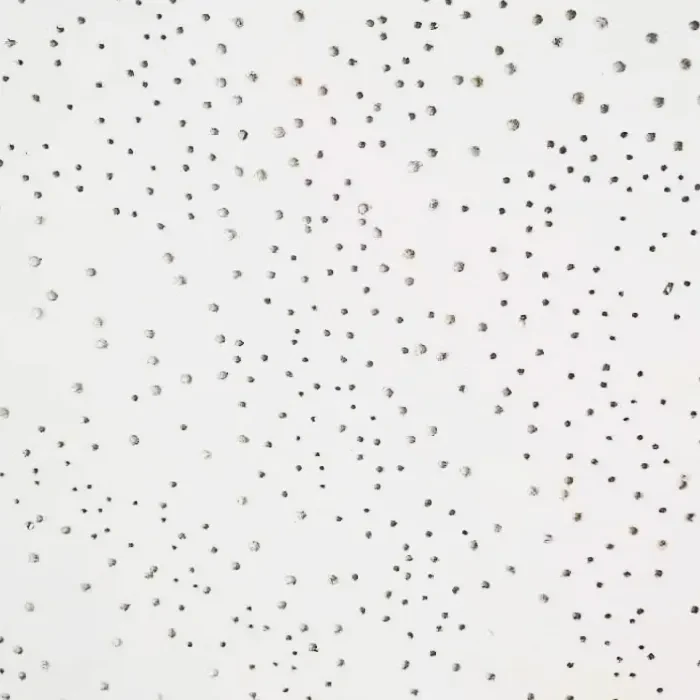- Afrikaans
- Albanian
- Amharic
- Arabic
- Armenian
- Azerbaijani
- Basque
- Belarusian
- Bengali
- Bosnian
- Bulgarian
- Catalan
- Cebuano
- Corsican
- Croatian
- Czech
- Danish
- Dutch
- English
- Esperanto
- Estonian
- French
- German
- Greek
- Hindi
- Indonesian
- irish
- Italian
- Japanese
- Korean
- Lao
- Malay
- Myanmar
- Norwegian
- Norwegian
- Polish
- Portuguese
- Romanian
- Russian
- Serbian
- Spanish
- Swedish
- Thai
- Turkish
- Ukrainian
- Uzbek
- Vietnamese
Ara . 29, 2024 02:15 Back to list
main tee ceiling grid
Main Tee Ceiling Grid An Overview
In the realm of construction and interior design, the ceiling plays a crucial role in aesthetics, acoustics, and functionality. One of the most important components of a suspended ceiling is the main tee ceiling grid. This essential framework supports the ceiling tiles and contributes to the overall structural integrity of the ceiling system. In this article, we will explore the features, benefits, installation process, and considerations of main tee ceiling grids.
What is a Main Tee Ceiling Grid?
A main tee ceiling grid is an integral part of a suspended ceiling system. It consists of main beams (or tees) that run perpendicular to the ceiling tiles and are supported by furring channels or hanger wires connected to the building structure. The main tees form the backbone of the grid layout, onto which cross tees are inserted at right angles, creating a grid pattern that accommodates standard-sized ceiling tiles. Commonly, these tiles measure 2x2 feet or 2x4 feet, but other sizes are available as well.
Benefits of a Main Tee Ceiling Grid
1. Aesthetic Appeal A well-designed main tee ceiling grid enhances the visual atmosphere of a space. The grid minimizes unsightly ductwork, electrical wires, and plumbing, while offering a sleek appearance that complements various interior styles.
2. Acoustic Performance The suspended nature of the ceiling allows for improved sound absorption. Many ceiling tiles are designed specifically to mitigate sound, making these grids effective in environments where noise control is critical, such as in offices, schools, and theaters.
3. Accessibility Suspended ceiling grids provide easy access to the space above them. This accessibility is vital for maintenance work on electrical and mechanical systems without the need for extensive demolition.
4. Flexibility and Versatility Main tee grids can be easily modified and reconfigured to accommodate changing needs. If adjustments need to be made, such as adding new lighting fixtures or HVAC vents, the grid can be updated without significant disruption.
5. Cost-Effectiveness Compared to traditional plaster ceilings, suspended ceilings are often more affordable to install and repair. The tiles can be replaced individually, lowering the long-term maintenance costs associated with ceiling upkeep.
Installation Process
The installation of a main tee ceiling grid requires careful planning and precise execution
. Here are the general steps involvedmain tee ceiling grid

1. Planning and Measurement Start by measuring the dimensions of the room to determine how many main tees and cross tees will be necessary. A detailed layout should be created to ensure a balanced and aligned installation.
2. Marking Guidelines Use a chalk line to mark the placement of the main tees on the ceiling, ensuring they are level.
3. Installing Hangers Attach hanger wires or furring strips to the ceiling structure at specified intervals, typically every 4 feet. This provides support for the main tees.
4. Hanging Main Tees The main tees are then hung from the installed wires or channels. They should be leveled and secured firmly.
5. Adding Cross Tees Once the main tees are in place, cross tees are inserted into the slots on the main tees to create the grid layout.
6. Placing Ceiling Tiles Finally, the ceiling tiles are inserted into the grid, completing the installation process.
Considerations for Selection and Use
When selecting a main tee ceiling grid, several factors should be considered
- Material Grids can be made from various materials, including steel and aluminum, each offering different durability and weight capacities. - Load Capacity Assess the weight of the ceiling tiles and any additional elements (like lighting fixtures) that will be hung from the grid to ensure the system can support them. - Environmental Conditions Consider humidity and moisture levels, especially in areas like kitchens and bathrooms, where moisture-resistant grids may be necessary.
Conclusion
The main tee ceiling grid is a vital component in the construction of suspended ceilings, offering numerous benefits ranging from aesthetic to functional. Its installation can transform a space, providing a polished finish while allowing for flexibility and ease of maintenance. By understanding the nuances of main tee ceiling grids, builders and designers can make informed decisions that enhance both the design and functionality of interior environments.
-
Transform Interiors with PVC Gypsum Ceiling: A Stylish, Durable, and Moisture-Resistant SolutionNewsMay.19,2025
-
The Smart Interior Upgrade: Discover the Durability and Versatility of Gypsum Ceiling Access Panel SolutionsNewsMay.19,2025
-
The Smart Choice for Interior Design: Discover the Value of PVC Gypsum Ceiling SolutionsNewsMay.19,2025
-
Mineral Fiber Ceiling Tiles: The Smart Blend of Performance and AestheticsNewsMay.19,2025
-
Mineral Fiber Ceiling Tiles: The Superior Choice Over Gypsum for Sound and Fire SafetyNewsMay.19,2025
-
Mineral Fiber Ceiling Tiles: Eco-Friendly Strength and Style for Every CeilingNewsMay.19,2025







